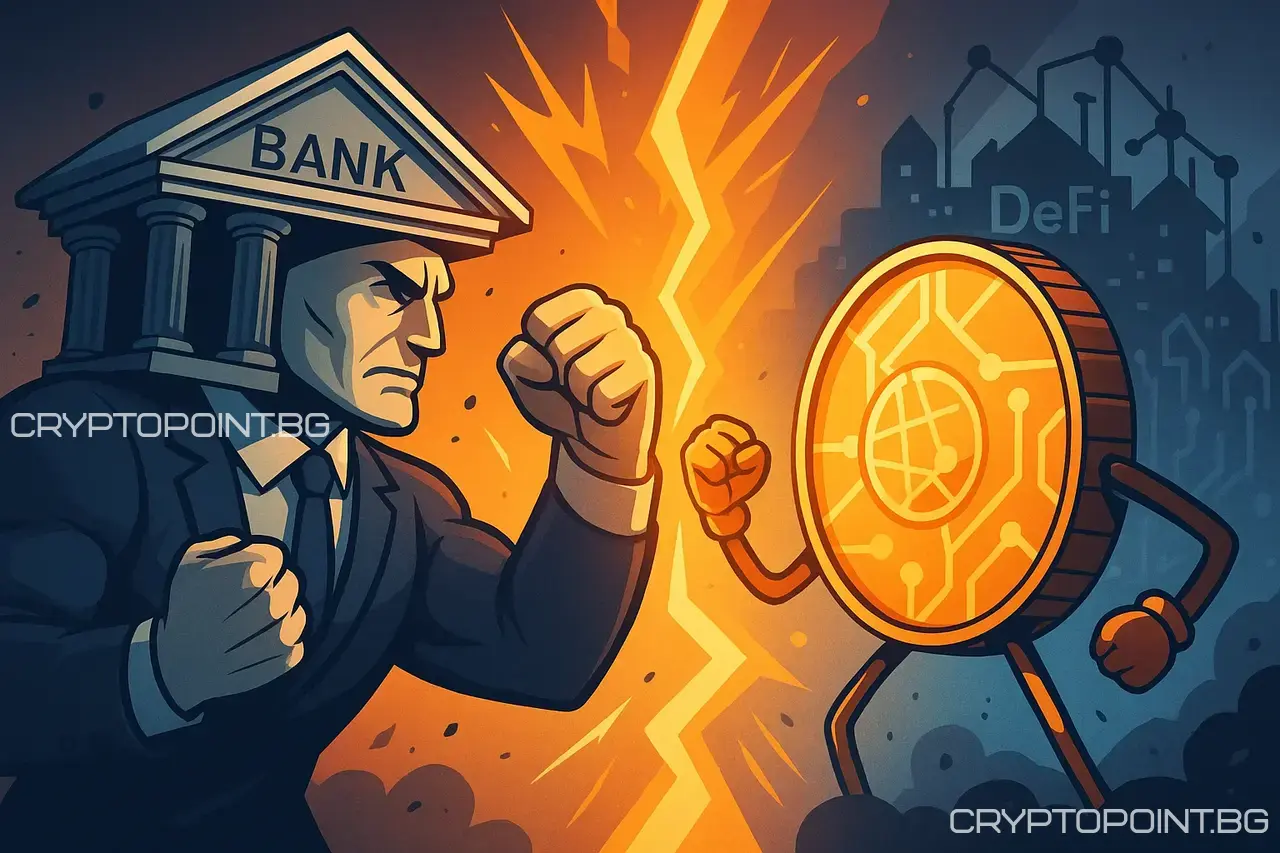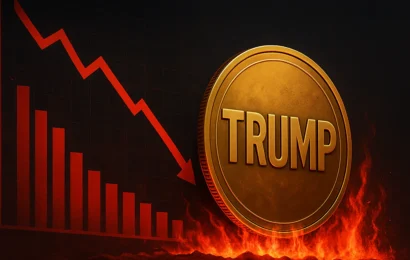
Key Highlights:
- Major U.S. banks are preparing a regulated stablecoin to compete with leaders like Tether.
- The GENIUS Act and President Trump’s pro-crypto stance are accelerating institutional entry into blockchain.
- A bank-backed stablecoin could reshape the market through trust, liquidity, and regulation.
U.S. Banks Join Forces for a Stablecoin
According to the Wall Street Journal, JPMorgan Chase, Wells Fargo, Bank of America, and Citigroup are in early discussions to launch a joint stablecoin backed by the traditional banking system.
Zelle and the Clearing House’s payment network are also involved, signaling an ambition to create a fully regulated stablecoin that could rival Tether (USDT) and Circle (USDC).
The stablecoin market is currently valued at $243 billion, with USDT accounting for $152 billion of that.
Trust and Liquidity: The Bank Stablecoin’s Weapons
The crypto community is already reacting. Users on X have commented that a bank-backed stablecoin would likely gain the trust and liquidity needed to displace smaller players in the DeFi space.
While this may bring stability and mainstream appeal, it also poses a risk of centralizing a sector built on the principle of decentralization.
Hoskinson: “I Predicted It”
Cardano founder Charles Hoskinson was not surprised. In a post on X, he simply wrote:
As predicted.
Hoskinson has long claimed that institutions would eventually embrace blockchain, and this move validates his view. His post sparked a wave of reactions, especially as rumors surfaced that Meta is also exploring stablecoin payments.
Regulation Paves the Way for Institutional Crypto
The timing of this news is no coincidence. The newly advanced GENIUS Act, which now has majority support in the Senate, offers a clear regulatory framework for stablecoins, creating ideal conditions for traditional banks to enter.
With President Trump voicing support for the crypto industry, the rollout of stablecoins could accelerate rapidly.
Revolution or New Turf War?
U.S. banks are attempting to combine the trust they’ve built over decades with the speed and transparency of blockchain. The goal — a strong presence in the digital asset world.
But will this bring about a revolution or spark a clash between centralized and decentralized forces?
The crypto world is watching closely.
Frequently Asked Questions
Find answers to the most common questions below.
JPMorgan Chase, Wells Fargo, Bank of America, and Citigroup are reportedly in early talks to launch a jointly backed stablecoin.
The GENIUS Act is a new regulatory bill that provides a legal framework for stablecoins in the U.S., helping traditional financial institutions enter the crypto space with more clarity and security.
A regulated stablecoin from major U.S. banks could bring trust and liquidity but may also increase centralization, challenging the decentralized ethos of DeFi.
This article is for general informational purposes only and is not intended to be, and should not be construed as, legal or investment advice. Crypto-assets are highly volatile, so only invest funds you are willing to lose and use your own research and risk management.




